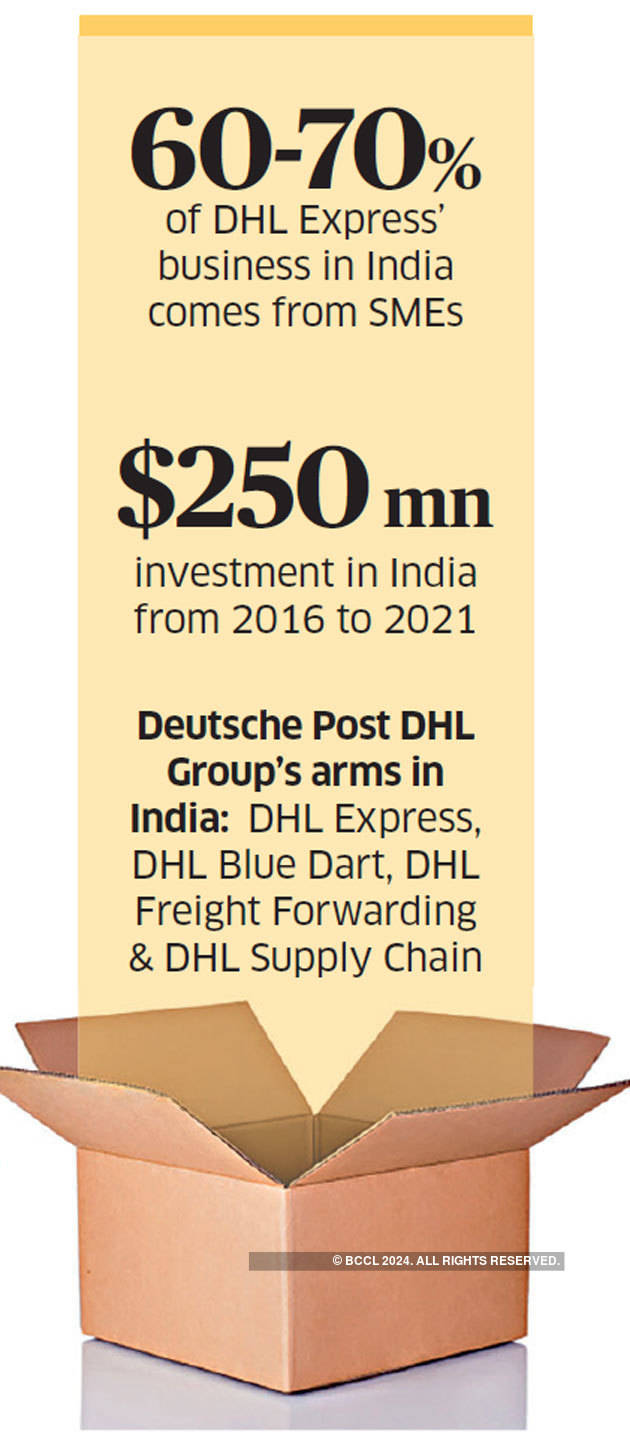 Soon after Ken Allen handed the baton of DHL Express to long-time colleague John Pearson in January, he wrote in the Harvard Business Review: “His [Pearson’s] singing voice is better than mine!”
Soon after Ken Allen handed the baton of DHL Express to long-time colleague John Pearson in January, he wrote in the Harvard Business Review: “His [Pearson’s] singing voice is better than mine!”During the global financial crisis in 2008, DHL Express, an arm of German mail & logistics multinational Deutsche Post DHL Group, had started a turnaround process. This meant resizing its US business and letting go of thousands of employees. To keep up the morale in those hard times, Allen, then CEO, used music in a big way in internal communication and would even sing at employee meets.
Now, Pearson, the new CEO, is also the company’s singer-in-chief. Ask him about it, and the 56-year-old Briton breaks into a song by Bob Seger: “Simplicity it works for me/ It keeps me runnin’ hard, and sharp and true…”
Under Pearson, DHL Express, too appears to be “runnin hard, sharp and true” towards India’s small & medium enterprises (SMEs) as these companies enter faroff markets by relying on ecommerce. Up to 70% of the company’s business in India comes from SMEs.
In an interview with ET Magazine during his first visit to India as the company’s CEO, Pearson says: “Global trade is too big to fail.”

For every move like Brexit or the US-China trade war, there would be 70 to 80 protrade talks and deals happening at the same time, he says. Pearson even sees unexploited trade routes across the world.
According to him, if one were to take all global trading points and organise trade routes so that each destination pairs with every other destination, one would find that 25% of these routes have never seen any international trade.
This gap, he says, is being met by ecommerce merchants, who are already exporting products between points that have never seen trade before.“We are cross-border ecommerce specialists,” says Pearson.
Thus, for the last three years, his company has been holding seminars across India to reach out to small companies, especially those making leather products, garments, fashion accessories and handicrafts, and showing them ways to tap the foreign market. At the seminars, firms are being taught how to be part of the ecommerce ecosystem, which includes lessons on website creation, online payments, tax structures, marketing and registering on online marketplaces.
Pearson says the biggest ecommerce lanes are the Italy-US (New York) fashion lane and US (New York)-India fashion & consumer products lane. “Ecommerce exports from India are burgeoning.” RS Subramanian is the India h ead DHL Express. Sitting alongside Pearson, he says there a strong trend of traditional exporters and even non-exporters taking the ecommerce route for growth. “I can give you a list of 100 to 200 customers who started off as small players and are now exporters with a large portion of business happening through ecommerce.”
Currently, Deutsche Post DHL Group has four subsidiaries in India: DHL Express international deliveries), DHL Blue Dart (domestic), DHL Supply Chain (warehousing) and DHL Global Forwarding (freight forwarding). It also runs a network of 800 trucks under the banner DHL Smart Tracking.
To increase its reach in the country, the company has earmarked $250 million investment into the India business over a five-year period — from 2016 to 2021. The group in January also created a new division called DHL eCommerce Solutions and put Pearson’s former boss Allen in charge to develop solutions for the new industry.
So what is the ecommerce strategy at DHL and what will be the role of the DHL eCommerce Solutions that Ken Allen heads? Pearson explains that ecommerce is an opportunity for every part of the group and the new division will help design solutions for ecommerce industry, bringing together the existing services, not replacing them. “It is not the tail, or the dog. It is part of the dog,” he says.
To explain how a new division grows at DHL, he says that earlier, DHL Express used to move documents and then it began delivering large packages too.
The pivot happened in 1969, he says. A car broke down in Saudi Arabia and DHL Express flew in parts from the UK. Then an airplane was grounded or an oil rig was down and packages had to be moved fast to keep things operational.
Today, DHL Express moves finished products and is a crucial part of entire supply chains. “With time, we moved from being emergency suppliers to become a part of the supply chain. We became a package company that also moves documents,” he says.
And all through the interview, Pearson shows a knack for “simplicity” — breaking down complex situations into pithy one-liners.
No comments:
Post a Comment